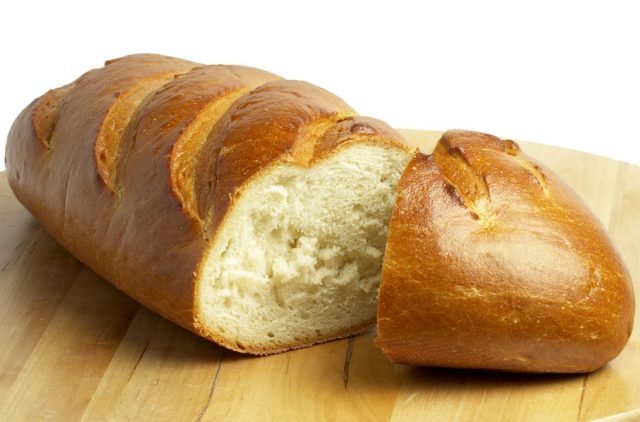Bread is probably the oldest food in our history, or at least one of the most traditional and versatile. Well, being honest, what cannot be eaten with bread? This food is the equivalent of the color black but in food. Well, it manages to combine very well with any other food. Whether you want to fill a sandwich with meat, chicken, salads, sauces, vegetables, as a complement in soups, on grills, etc… I think our point about its versatility is clear. Now, it is indisputable that bread is very practical and delicious in many cases, and it is difficult to find someone who does not like it, but… How healthy are breads? Have you ever stopped to think how healthy it is to eat bread? Regardless of what your answer is, you will be able to discover the real conclusion in this entry. But don’t worry, our intention is not to ruin the sacred image we have of the loaves, but to inform our readers properly. Especially when we talk about a food who’s annual per capital consumption is an incredible 33.5kg. Where it is approximated that 75 and 70% correspond to white sliced bread (Bimbo is that you!?), and the rest to sweet breads. This data was provided by the national chamber of the baking industry.

Bread has great flavor, but lacks nutrition.
Although bread can be delicious, the truth is that it is one of the few foods that, when eaten by itself, has minimal nutritional value. In fact, the abuse of bread consumption can create obesity, since bread contains large amounts of carbohydrates. In fact, if you ask most nutritionists, they can tell you that bread is unnecessary in any diet, and the reason is what has already been mentioned. Especially when other foods belonging to the cereal group are taken into account, bread falls short in many respects. Generally, breads contain sodium (at least in the vast majority of breads) and only provide B complex vitamins. It is only whole grain breads that provide fiber to our body, being those the most recommended to consume.
Keep in mind that bread and gluten do not always go hand in hand.
Here we want to deny a certain erroneous popular belief, and improve a little the image and perception of gluten. You see, a bread-free diet certainly helps with weight loss, but that doesn’t mean a gluten-free diet has the same effect. Gluten and bread cannot be considered the same. This erroneous perception that gluten-free diets help in weight loss is false, or that a gluten-free diet means they are healthy. In essence, gluten is just a protein that can be found inside wheat, or many other grains. And yes, in the world population there are people who develop an intolerance to gluten, but these are only 1% of the global population. This sensitivity to gluten causes a series of problems to the user who consumes certain foods rich in this component (such as bread). Which are perceived as stomach pain, inflammation or diarrhea.
What are the best breads to consume?
Unfortunately, in this consumer and commercial world, the plan that we obtain from bakeries is usually the least healthy. Although the cheapest and easiest to obtain, however, we have artisan bread or whole grain breads. They are the ones we should target if we want to maintain good nutrition without neglecting bread in our diets. The reason for them is obvious, whole-grain breads usually contain fiber, which helps in gaining muscle mass and tissue. In addition, artisan breads are usually made with higher quality ingredients, which means a better contribution to our body. However, the biggest problem with this type of bread lies in its prices, since higher quality means higher cost. And this is usually the reason why most people opt for commercial bread (to call it something).
In conclusion, is eating bread good or not?
Now to close this entry, we can only conclude that the breads are good as long as you consume them in a regulated way. And if you have the economic disposition to consume artisanal or whole meal breads, do it. The nutritional contribution that you will provide to your body will be greater and therefore, it will be worth the expense.


